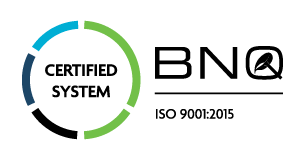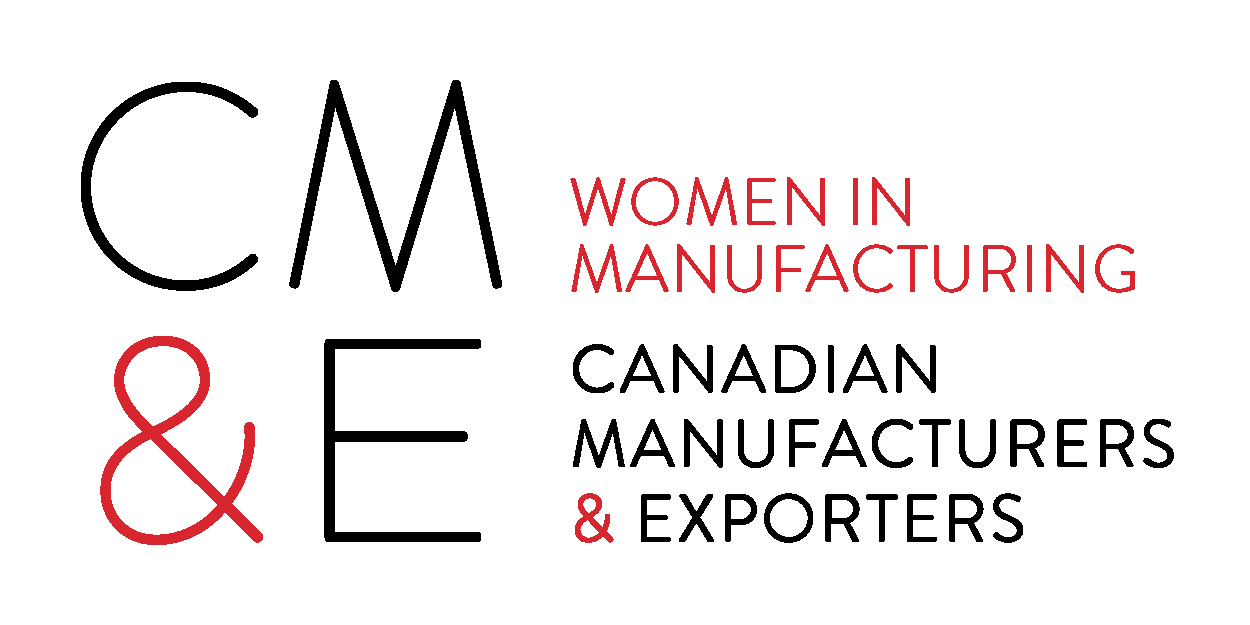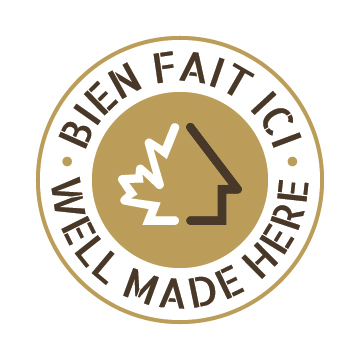Hot melt adhesives, or hot melt glues, are currently some of the most widely used types of industrial adhesives. They are polymer-based and thermoplastic in nature, which means they are solid at room temperature, but liquefy when subjected to a heat source.
In this article, you will learn more about a specific category of hot melt adhesives: EVA hot melt adhesives. Discover their composition, properties and the industries that currently use them.
Ethylene-vinyl acetate hot melt adhesives
EVA (ethyl vinyl acetate) is a copolymer adhesive that can adhere to a variety of materials. Since this type of adhesive can be specially formulated for various applications, you can find many different types on the market.
EVA hot melt adhesives generally do not use water or solvents to acquire their adhesive properties, which allows them to set very quickly, have a long shelf life and perform well in a wide range of temperatures.
Formulation and composition of EVA hot melt adhesives
Ethylene promotes adhesion to non-polar substrates such as polyethylene and provides the mechanical strength, blocking resistance and solubility of the paraffin contained in the hot melt adhesive. Vinyl acetate, on the other hand, promotes adhesion to polar substrates such as paper and provides flexibility, adhesion and better performance at low temperatures. The formulation of the adhesive directly influences its properties.
For example, a higher proportion of ethylene in the formulation will give the EVA adhesive increased strength and resistance, while a higher amount of vinyl acetate will provide stronger adhesion to paper products and improve the flexibility of the adhesive. Formulations that contain higher amounts of vinyl acetate can also operate at lower temperatures and have a longer open time and slower cure time.
Advantages of EVA hot melt adhesives
Although the properties of EVA adhesives vary according to their specific formulations, they generally adhere to the widest range of substrates and function in one of the widest ranges of temperatures for hot melt adhesives. In fact, EVA hot melt adhesives can operate at temperatures as low as -40 degrees Celsius and as high as 70 degrees Celsius depending on their formulation.
Applications of EVA hot melt adhesives in various industries
Thanks to their versatility, reliability and durability, EVA hot melt adhesives are used in a wide range of industries for a variety of applications. These industries include paper, mattress manufacturing, woodworking, assembly and automotive, to name a few.
However, the industry that most commonly uses EVA hot melt adhesives is perhaps the packaging industry. These adhesives are specifically formulated to adhere to waxes, paper, pulp and various water-based coatings. This makes them ideal for package labeling, carton sealing, assembly and paper processing.
Discover Adfast EVA hot melt adhesives
In conclusion, there are many advantages to using EVA hot melt adhesives and this is undoubtedly why they are used for different applications in many industries. Since their formulation can be adapted to create a glue with properties that suit each individual need, however, it is important to consult professionals before buying your own!
At Adfast, we know everything there is to know about adhesives. For more information on EVA hot melt adhesives or for help determining exactly what type of adhesive you need, please contact us!



















